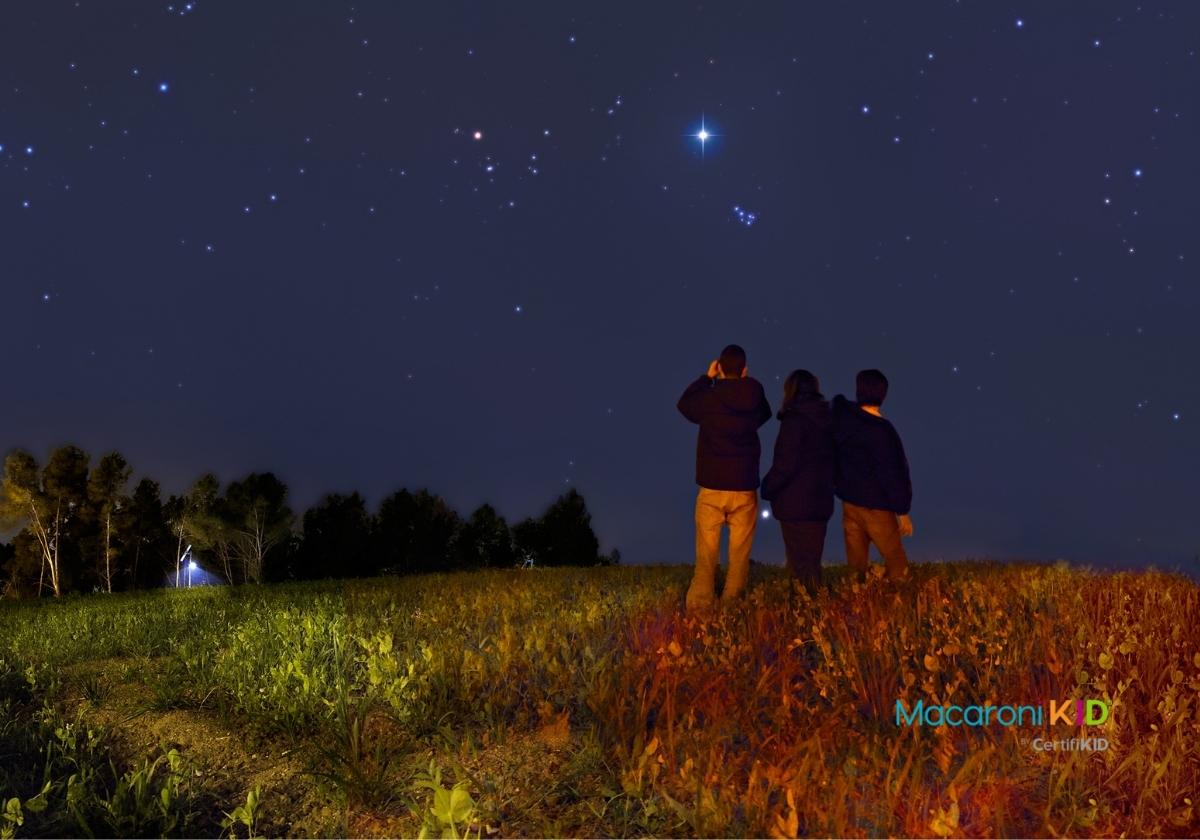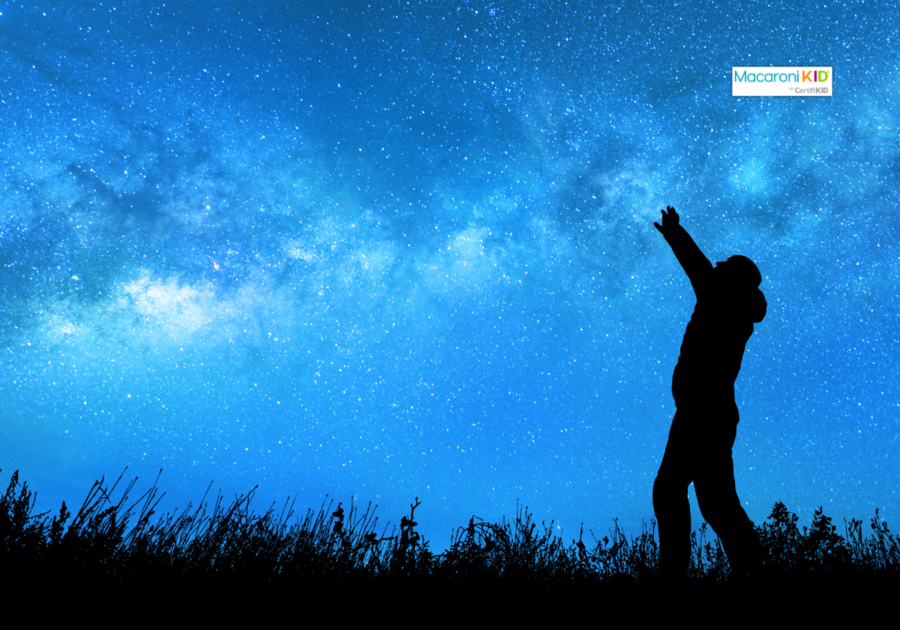Want to spot shooting stars with your kids this summer? The Perseid meteor shower is one of the best — and most reliable — sky shows of the year. The Perseid meteor shower is visible every year from mid-July through late August.
In 2025 the Perseids are expected to peak, meaning they are the most active, on the evening of August 12, however the full moon falls on August 9 and will still be bright in the sky during the peak. But that doesn't mean you'll miss out, it just means you'll need a plan and a little patience to view the Persieds when they are slightly less active.
Don't miss magical moments like this with your kids!
Subscribe to Macaroni KID Palm Beach Gardens - Jupiter now and get weekly family fun ideas delivered straight to your inbox.
Sign up now!
How to see the free show
When should you head out? Normally mid-August is best, but in 2025, any night from mid-July through the first week of August, before the full moon, will make for easier viewing since the full moon will wash out the view of the meteors.
Where do you look for these little falling balls of light? Just look up! There's not one particular direction to look, but towards the east right before sunrise (4-5 am) when the moon is low and the sky is clear will give you the best luck.
What equipment do you need? The really cool part about the Perseid meteor shower is you don't need special equipment to see them. In fact, it's easier to view them with your naked eye than through the limited lens of a telescope or binoculars.
What else do you need to know? The best way to view the Perseids is when the sky is clear and dark and you're away from a lot of light. So head out of town. Grab a blanket (lying down gives you the widest view of the sky), jackets, and snacks, then find a safe place to watch. Turn off any lights and your cell phone screen, let your eyes adjust to the dark for 10-15 minutes, and have a blast making memories with your kids.
Read more: Perseids Meteor Shower info from NASA.
 photocluster via Canva |
Fun facts about the Perseid meteor showers
If you have curious kids like mine, they'll want to know exactly what they're looking at and will have a lot of questions. Impress your kids with your vast knowledge of the universe with these five fun facts:
- The Perseids are caused by a giant comet 109P/Swift-Tuttle, which left a wide stream of debris in its wake. Earth is passing through that debris. But don't worry – they're small pieces, each about the size of a grain of sand, so they won't hurt us.
- Mid-August is the peak of the Perseids because we will be passing through the densest portion of the debris.
- We see the "shooting stars" (that aren't really stars) when the tiny pieces of dirt and dust hit our atmosphere at a high speed and make a flash of light when they burn up.
- During most nights of the Perseids, you might be lucky enough to see a dozen or two meteors an hour. But during the peak nights, you can expect to see 50-70 per hour, depending on how dark it is around you!
- It's called the Perseid meteor shower because the meteors appear to be coming from the constellation Perseus.
Laura Miller is the publisher of Macaroni KID Appleton-Waupaca-Oshkosh, Wisc.


